Features of masonry mix for bricks
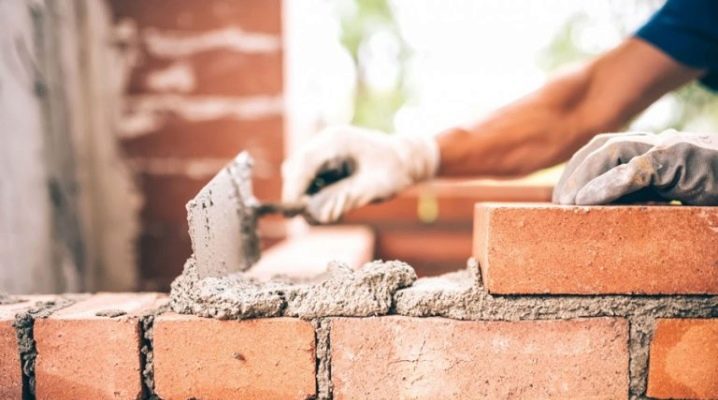
When carrying out construction work, you cannot do without a masonry mixture. This is a special type of material that is used for wall cladding and brickwork. However, not every type of mixture can be called suitable for construction work. Consider the features of such compositions, having studied their types and scope.

Composition
This material is nothing more than a dry powder, which is prepared immediately before masonry or wall cladding. The base composition consists of a binder, filler and water.
The composition of masonry mixes includes the following components:
- clay or cement (binder);
- sand or expanded clay (the basis of the composition);
- purified water (solvent);
- mineral inclusions;
- dye (used to match the color with the material being laid).
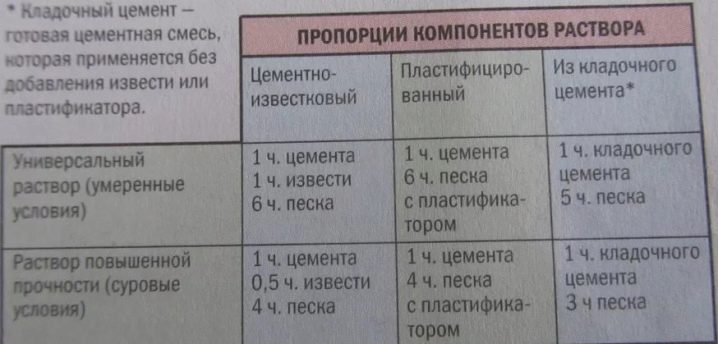
A characteristic feature of the working mixture is the control of purity, quality, physical and chemical properties, grain size and size of dispersion particles. For the manufacture of mixtures, washed river sand or crushed crushed stone is used. In addition, the components can be Portland cement, frost-resistant and moisture-resistant components.
Due to the additives, the compositions are distinguished by high rates of adhesion and plasticity, as well as compressive strength.

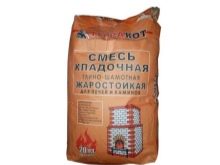

Peculiarities
In order to attract the attention of the buyer, modern brands are improving the traditional composition. Therefore, today in the construction market you can buy high-quality varieties with an accurate recipe. Due to this, it is possible to increase the quality and practical characteristics of the finished finish, simplifying the work of the master. Additional inclusions depend on the purpose of the solution.
The use of the composition allows you to achieve a stable result. As a rule, such compositions are characterized by elasticity, they contribute to maximum strength and increase the durability of the work performed. These building materials are intended for the construction of residential and non-residential buildings, as well as interior decoration. Their distinctive feature is low consumption. Since it is made in portions, almost all building material will be consumed. If there is a shortage, you can quickly make the missing portion of the solution of an identical consistency.
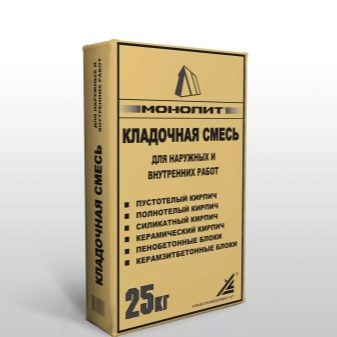
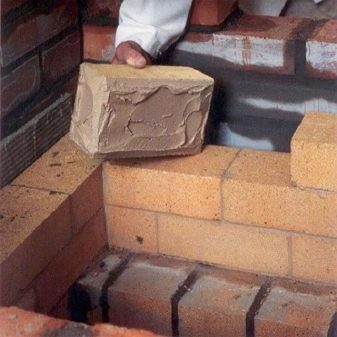
For brickwork, a basic composition with cement and sand is used.
The use of a ready-made mixture is convenient because you do not need to independently select the necessary proportions in order to achieve a high-quality result. Sometimes lime is an addition to the composition. It allows you to extend the life of the finished solution and increases its performance. At the same time, it reduces the resistance of the composition to moisture.
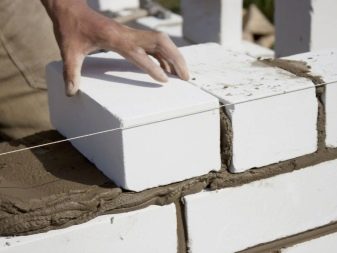
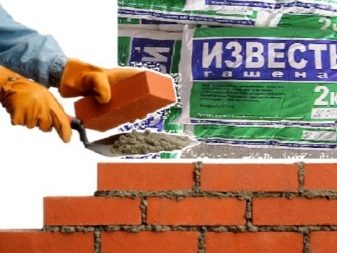
Views
Today, masonry compounds are produced in the form of dry universal mixtures and narrowly targeted ones. The existing varieties presented for sale can be divided into 4 groups:
- calcareous;
- cement;
- cement-clay;
- cement-lime.
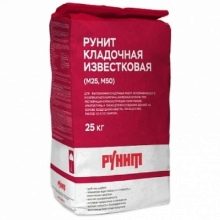
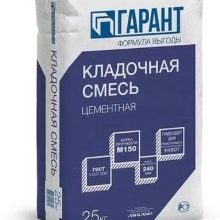
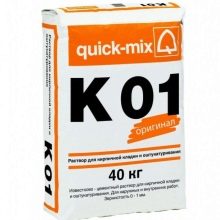
Each type has its own differences, which are expressed in properties and strength. For example, calcareous compositions are characterized by greater homogeneity and fines. When dry, the surface to be treated is smoother compared to a solution with the inclusion of sand. However, for masonry, combined varieties with Portland cement, which include modifiers to improve plasticity and thermal conductivity, are more suitable.
The color of the mixtures is different. This allows you to carry out with the help of masonry mortar not only rough work. If you use a material with a homogeneous structure and pigment, you can bring different design ideas to life. The addition of a colorant allows the treated surface to be aesthetically pleasing.
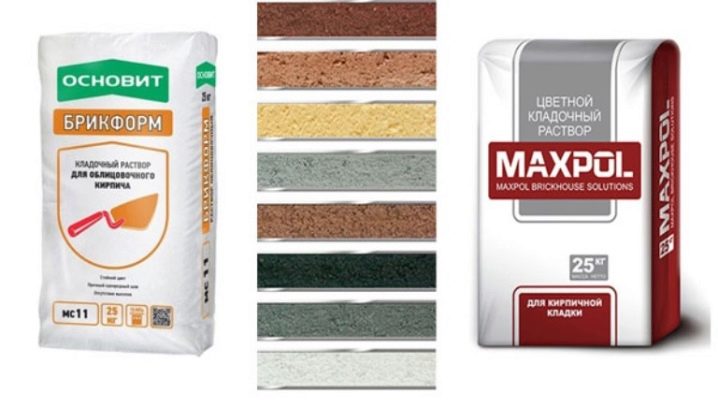
The base color of the paintable compounds is white. In addition to it, you can find gray-colored material and ready-made color mixtures on sale. The palette usually contains at least 14 different shades, while the raw materials are divided into winter and summer cement varieties.
Summer options can also be used in the heat, the low mark of the hotel formulations allows them to be used at temperatures of 0 - 5 degrees below zero.

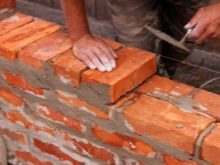
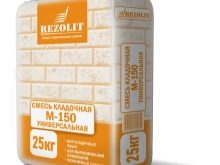
Scope of application
There are a lot of building materials, when using which you cannot do without a masonry brick mixture. Compositions are general construction and specialized. The first are intended for the construction of walls. The latter are designed for the manufacture of ovens, pipes, and swimming pools.
Conventionally, the scope of application can be defined as follows:
- Cement compositions with characteristic indicators of quality, durability, rigidity are used in private construction and the construction of multi-storey buildings.
- Cement-clay analogs with carefully crushed clay introduced into the composition are relevant in private construction.
- Cement-lime versions of building materials with their characteristic enhanced adhesion and plasticity parameters have found application in laying ceramic and silicate bricks.
- Varieties based on lime with their inherent fragility and low thermal conductivity are used in the arrangement of small buildings and the construction of simple structures.
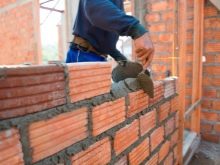


Usually, laying is carried out at a temperature of +10 + 25 degrees. It is important that there is no frost during the polymerization (drying) period. This usually takes no more than two days. This temperature regime allows the use of masonry composition for facades. For example, it is used when laying decorative facing bricks.
This composition is also suitable for clinker. Clinker bricks are lightweight. It sits perfectly on the masonry composition. This is a kind of half-brick: outwardly it has a relief, while not making the facade heavier. It is also used for interior wall decoration, which is especially appropriate in creative design style.
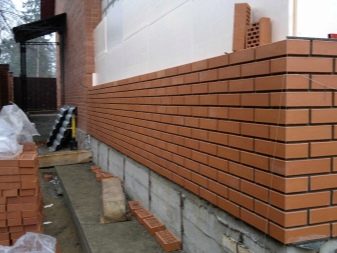
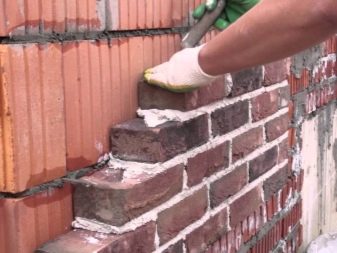
Sometimes the masonry mixture is used for jointing. This is especially true when tiling interior surfaces with tiles. In fact, in this case, the composition is used instead of grout. In this case, they try to choose the material to match the main cladding. This will give the finished surface a monolithic look, it will look stylish and aesthetically pleasing.
Note an important nuance for yourself: not every type of material is universal. For example, mixtures for the construction of a furnace and chimney are different from those for clinker. If we conditionally divide the brick into three varieties (clinker, imported and domestic), each of them has its own composition. This is due, among other things, to the climatic background of our country, as well as the water absorption of the brick and its refractory properties.
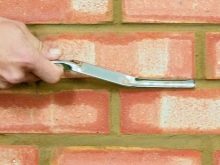

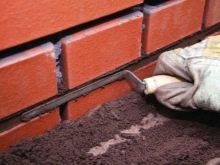
Among other compositions, there are options for assembly and masonry mixtures for concreting floors and stairs. They imply the obligatory priming of the prepared surface for greater adhesion of the brick to the base. In this case, it is extremely important that it is not subject to deformation. The line of such building materials includes compositions for the construction of stoves and fireplaces.
A feature of such compositions is their low fat content. If the masonry mass is replaced with a fat mixture, over time it will begin to crack or spill out. When heated, these compounds expand. In addition, such compositions are used in the repair of concrete walls, filling all cracks and problem areas in the form of potholes and chips with a solution.
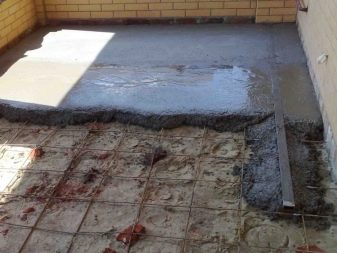
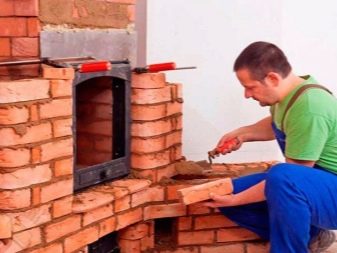
Consumption
Consumption of masonry mixture per 1 m2, m3 depends on the type of brick used, its weight, as well as the type of base. The thickness of the layer applied to the surface is also important. Usually, the manufacturer indicates the data for each specific composition on the packaging. For example, the layer thickness can vary from 6 mm to 4 cm for different analogues. On average, 1 sq. m of the area to be trimmed takes about 20 - 45 kg of the finished solution.
For example, the standard consumption rate of the mixture with a thickness of 12 mm and using a single brick is 30 kg. If the thickness is increased by 13 mm, the volume of the mixture will increase to 78 kg. A double brick with a small thickness will take 18 kg of mass. If the thickness is very large, more than 100 kg of the mixture can be consumed.
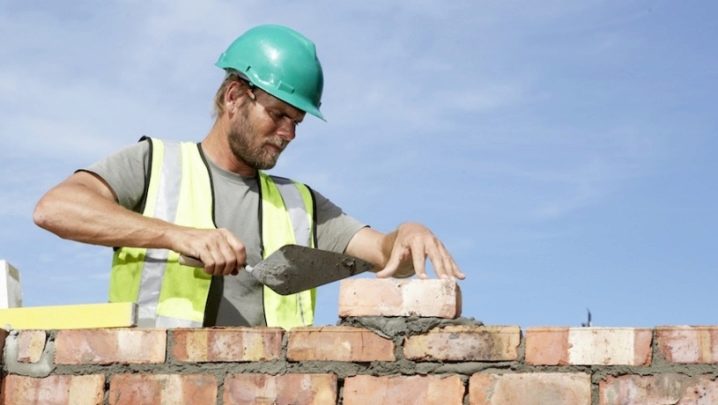
When using ordinary brick with dimensions of 250x120x65 mm, 0.3 m3 of mortar will be left. For one and a half (380x120x65 mm), this figure will be 0.234 m3. For a double (510x120x65 mm), you need 0.24 m3.
If we consider modular bricks, the consumption will be as follows:
- half - 0.16 m3;
- single - 0.2 m3;
- for one and a half - 0.216 m3;
- for double - 0.22 m3.

Advice
Masonry mixes are characterized by certain nuances in application. To understand how to work with them, it is worth resorting to the recommendations of specialists. Consider the nuances of cooking, the subtleties of the base and the selection rules.
How to cook?
Quality work depends on careful preparation of the masonry mixture. There should be no lumps, unmixed inclusions in it. Put on a respirator or mask before starting work. This will exclude the ingress of small particles of the composition into the lungs, which rise up when falling asleep into the container.
- Since the vital activity of the solution due to the presence of cement in it is small, do not prepare a large batch at once. It will be difficult to stir, and you will not be able to get a homogeneous mass without much effort.
- Initially, prepare all the necessary tools, a mixing container and a dry balanced mixture. If you cook everything you need afterwards, you will be wasting time. This will cause the solution to thicken.
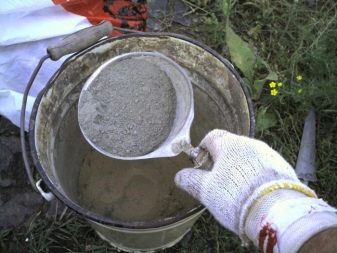
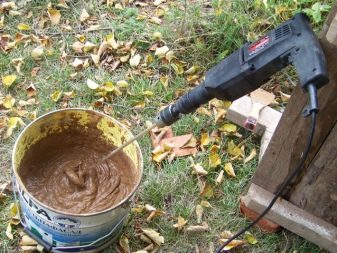
- Use filtered water at room temperature for stirring. Rusty and hot can affect the quality characteristics of the composition.
- Mix the mixture and water in a container. Observe the proportions indicated by the manufacturer. The consistency should not be too thin or thick.
- Stir the mixture thoroughly for a few minutes. Leave for 5 - 7 minutes (check the individual information on the packaging of a specific composition). Repeat stirring: this will make the solution more homogeneous.

If you plan to change the base color of the solution, do so before mixing. Mix the pigment with water first. Then combine with the mixture. If you have prepared the working solution correctly, its consistency will resemble thick sour cream. To appreciate its qualities, take a little mass on the trowel. If the solution spreads slowly, the consistency is correct. You can get to work.
Read the safety rules that are indicated on the instructions for use. Their observance is not only necessary, but obligatory. Any variation in the composition does not alter the safety precautions, proportions or preparation method.
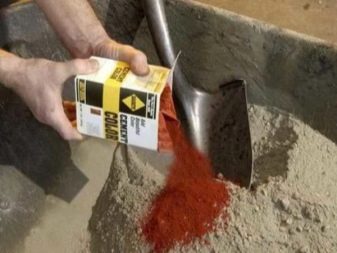

What to consider?
Do not neglect the recommendations of manufacturers indicating the consumption of the composition per square or cubic meter. Consumption must comply with established standards. An excess will spoil the appearance of the work, a deficiency will shorten the service life of the facing or building material. However, all quality characteristics will be reduced to zero if the base is not prepared in advance.
If there is dust, construction or other debris, old paint or grease stains on the surface on which it is planned to erect (say, a stove), they must be removed. It is impossible to lay the cement mass on a loose foundation that is crumbling. First, it will not support the weight of the bricks.Secondly, the finished result will not be durable. Such masonry can fall apart in the first year after the completion of construction work.
Remember to prime the surface. This will prepare and level the surface structure, bind dust and microcracks.
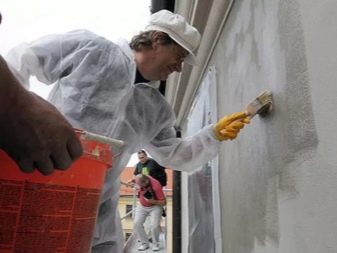
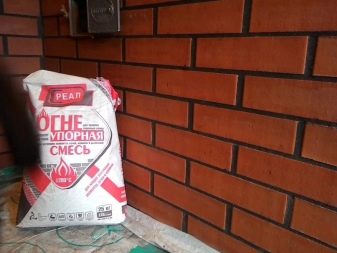
Compositions with high penetrating power are especially good. For best adhesion, treat the substrate twice. In this case, please note that each subsequent layer of primer can be applied to the base only after the previous one has dried.
How to choose a composition?
Do not neglect the golden rules for choosing a mixture. They will help you purchase high-quality masonry building materials.
- Find a trusted store with a good reputation. Scroll through the reviews about him and the powder formulations on construction forums. The information will be more truthful than advertising.
- Start from the purpose and place of work. Formulations for outdoor and indoor use are different in their properties. It is preferable to choose products that are resistant to temperature changes and the negative effects of moisture.
- Take a white dry product. The versatility will allow, if necessary, to use it for other works. The color option cannot be applied anywhere else, if necessary.
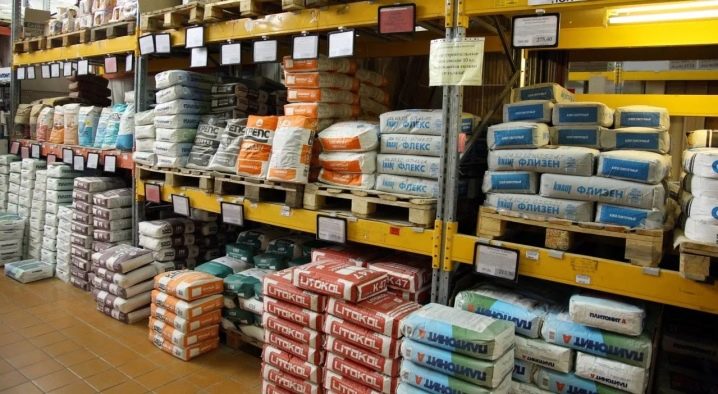
- Pay attention to the expiration date. If it is less than a month before its end, choose a different mixture. Firstly, it is rarely used right away. Secondly, the mixture must be fresh, over time, its quality characteristics deteriorate, it is pressed into lumps.
- If the color of the brick finish is unusual, you will have to buy a colored composition. This is especially true for options for a stone and tiles of a brown-beige range. At the same time, take into account one nuance: the color of the grout from the masonry mixture becomes lighter when smoothing.
- Ask the seller for a quality certificate. Reputable brands always supply their products with this kind of documentation. This speaks of the quality and adherence to technology at every stage of production.
- Calculate the material. Do not take it back to back, but you should not make a large stock either.
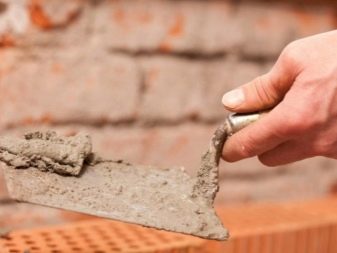
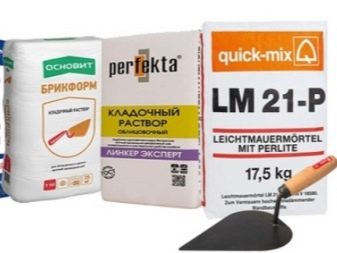
For information on how to prepare a white masonry mixture for bricks, see below.













The comment was sent successfully.